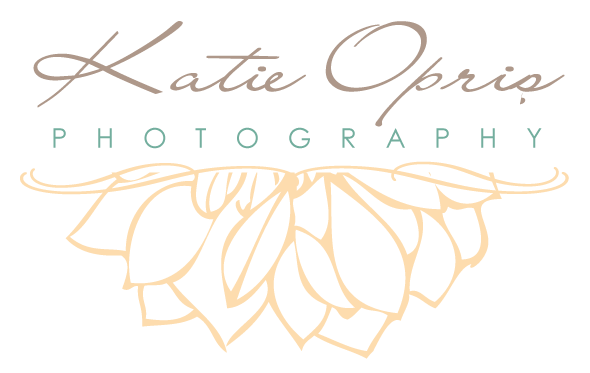Two nights ago I read Jasmine Star's post answering a reader's question of how much photo retouching is too much. And while I agreed with most of the article, the question kept coming to my mind. "How much IS too much for me--and why?"
Yesterday, while I was browsing through a wedding blog post, the subject came to mind again. Every face was airbrushed to porcelain perfection. Every forehead was uncreased, every smile was paper white, and every eye glittered unnaturally. I'm not saying that they were extreme or untactful; the enhancements were subtle. But they still bothered me. A lot. It took me a few minutes to figure out why. Why did it bother me so much? It was telling an embellished story. This may not seem like the end of the world--after all, who doesn't like to look their best? The problem is that I can't relate to those photos any more than I can to a magazine feature with models. Instead of the photos drawing me in and making me feel like a witness to their joy, I feel like I am looking at a world far away where people don't have any pores. I don't know anyone like that. Faces have pores. Teeth were not made to be paper white, and if someone's eyes glowed like that in real life I would be convinced that vampires were real.
My purpose and passion as a photographer is to observe and portray the beauty I find in reality, and in doing so, to inspire others to see the world differently. The problem with portraying reality in a way that does not align with reality is that when the rare and coveted moments of timeless beauty, intense joy, or even grief come along, we have trained those around us to be looking for something that only exists after photoshop. We have trained ourselves to apply edits across the board in the hopes of perfecting our subjects, rather than embracing what makes them unique and real.
Some photographers' entire purpose is to create fantasy. There is a place for that and I appreciate it the same way that I appreciate unicorns. Unicorns are beautiful, mystical, perfectly formed--and not real. In fact, if I saw one, I would be terrified. Horses are also beautiful--but in an altogether different way that is actually relateable. We can remember the tickle of their breath in our hands, how it feels to run our hands under their mane, and certainly how they smell. They are beautiful in a way that stirs us deeper emotionally--because of that reality. But if you put a photo of a them side by side, a horse's real beauty pales in comparison to the glamour of fantasy, making it harder for us to remember what we loved about the horse in the first place.
Many photographers set out to make horses into unicorns. You lose something when you do this. Something real. If we spend our time embellishing reality, we lose sight of it. And if we define ourselves as storytellers we must ask ourselves: What story are we telling? Anyone can make up a good story. Not everyone has the eyes to observe one.
I'm here to tell a story that is true--full of wrinkles, snorting laughter, imperfect teeth, and love. Lots of love.
Here's to more photographers opening both eyes to real beauty. Here's to more self-proclaimed photo-journalistic photographers coming back to their roots of story documenting. And by doing so, telling a good story.

